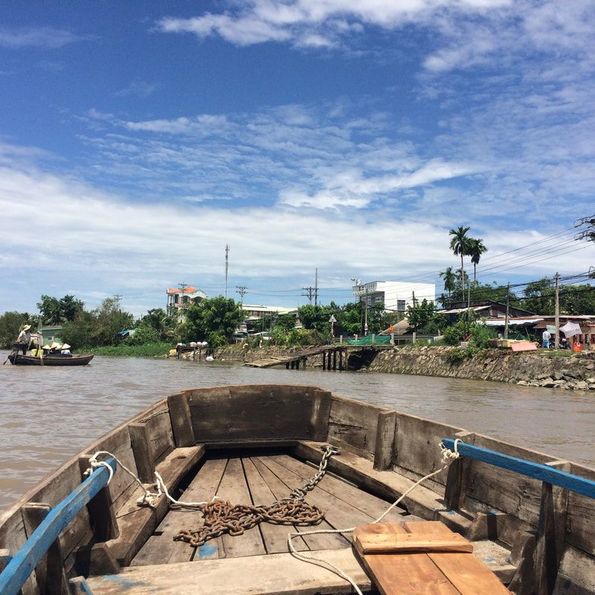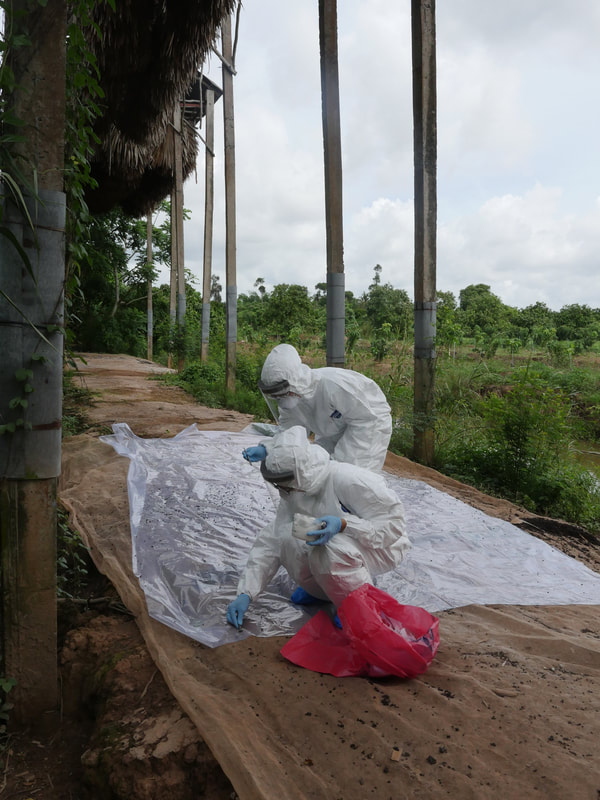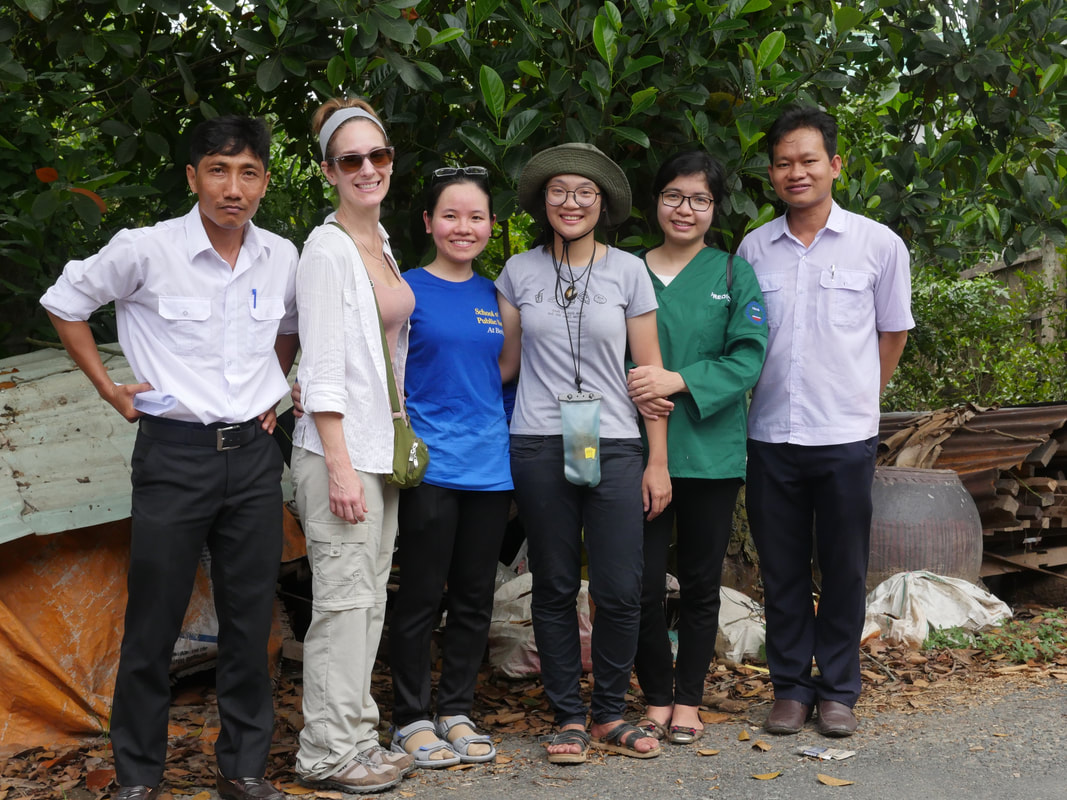|
Traveling almost half way across the globe to conduct my internship in Vietnam this summer has been an incredible journey. Thanks to support from the CGPH, I have had a chance to revisit my homeland to work with the Wildlife Conservation Society Vietnam on the Emerging Pandemics Threat Program initiated by USAID through a project called PREDICT-2. In the second phase of now a 9-year long project, WCS continues collaborating closely with the government and local partners to conduct biological and behavioral surveillance for better understanding of the risk of spillover of viruses of potential public health significance at the human-wildlife interface. The interdisciplinary approach of the project has introduced me to new regions throughout the country and a network of researchers and local communities working together to prevent zoonotic diseases in humans and animals. Our office is located in the capital Hanoi in the North of Vietnam. I spent about one third of my time here in the office, and for the rest I went on field trips collecting samples, assisting with qualitative research, and ran diagnostic tests in PREDICT partner laboratory at the National Institute of Hygiene and Epidemiology (NIHE). My very first sampling trip was done at various locations in Dong Thap Province that stretches along the Mekong delta in southern Vietnam. Near the receiving end of the generous river system is a plethora of tropical fruits, vegetables, and endless green rice fields in the summer intertwined with a number of wildlife farms and live animal markets. Amid local markets selling a variety of terrestrial and aquatic animals and meat, at one point our team, which was led by local authorities, looked for the stands of field rats or “chuột đồng”. This taxa (rodents), which is one of the three primary taxa of our focus besides bats and non-human primates, is considered a specialty by the local people and has such a high demand that they are sometimes imported from neighboring countries, like Cambodia, for consumption. Cages carrying rats can be spotted from a near distance around the meat market, or people can find them at other private vendors in this region. Another interesting field site I visited was at two bat guano farms. These are artificial structure built with high stalls covered by coconut leaves to attract bats on top and gather their excrement on the basement for fertilizer. While the risk of disease spillover is still to be elucidated at this human-wildlife interface, these various field sites are an integral part of the local people’s daily life, illustrating various ways of interactions, directly or indirectly, between humans and wild animals, and apparently they represent an important node in the One Health triad interconnecting also with human and environmental health. The mission of the surveillance project is not only trying to protect human health by proactively detecting virus at its source, but also implementing wildlife protection strategies for endangered species. I was also fortunate to be able to participate, during my second field trip, in a health check for pangolins with Save Vietnam's Wildlife team in Cuc Phuong National Park. These pangolins were confiscated by the authorities from wildlife trafficking network and were undergoing health check before they were released back to their natural habitats in July. Working with this critical species was a rare opportunity, and I have been extremely grateful to be on the sites with dedicated team of veterinarians and staff working at the intersection of human and animal health to protect the health for all. Besides tremendous support from the CGPH, I would like to thank Dr. Peter Dailey for guidance with the project proposal and Dr. Amanda Fine as well as WCS Vietnam staff for welcoming me to the team and making these experiences possible. Huong Nguyen Photo credit: WCS Vietnam Health Team
1 Comment
7/3/2024 12:42:17 am
Can we get information about this Course?
Reply
Leave a Reply. |
ABOUT: Archives
September 2018
Categories |



 RSS Feed
RSS Feed
